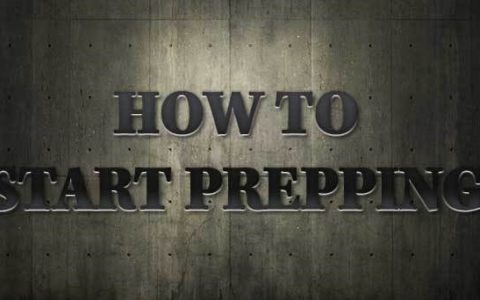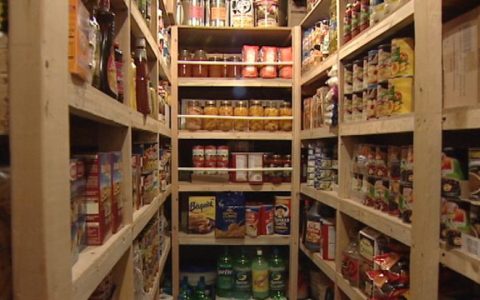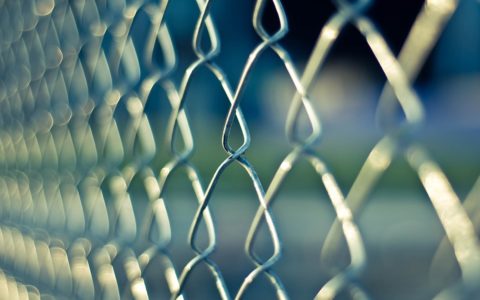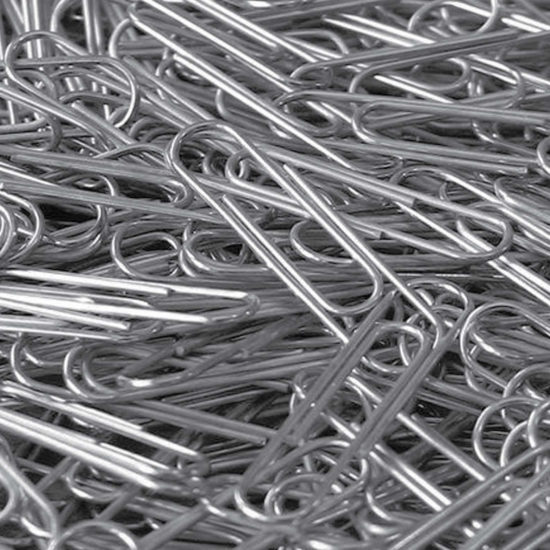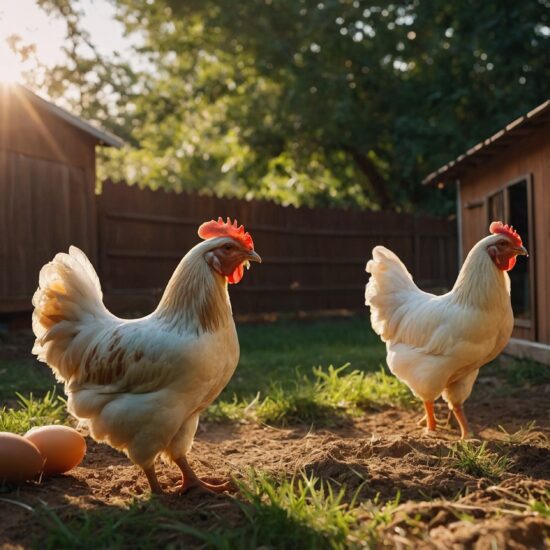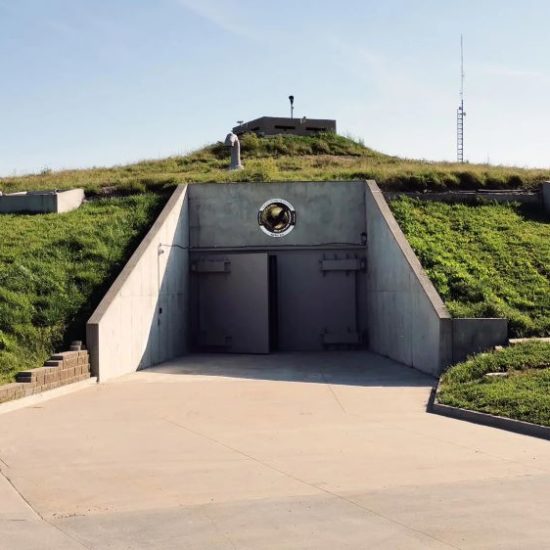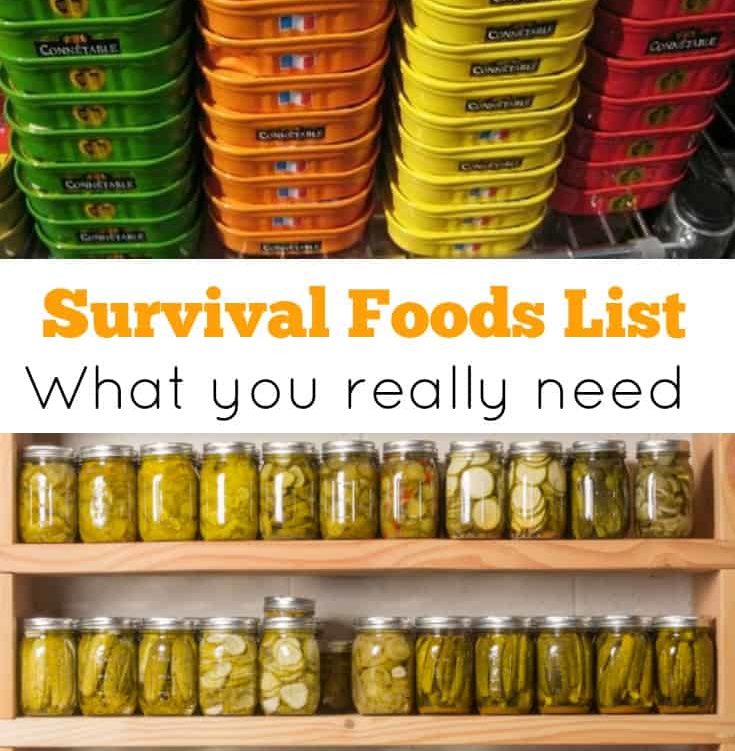
The term “survival food” is actually really generic. What are we talking about surviving through?
Is the survival food supposed to get us through a 3-day blizzard?
Or how about a month-long power outage?
Or what if there is a disaster that causes us to flee from our homes and Bug Out in the wilderness?
Each of these situations is going to require different types of survival foods.
In this survival food list, I want to address the types of survival foods you should be stockpiling based on the type of disaster. They are:
- Survival foods for short-term disasters
- Survival foods for long-term disasters
- Survival foods for evacuation/bugging out
Short-Term Disaster Survival Foods
These are the most common types of disasters that we come up against. They include situations like blizzards where you are trapped in your home and unable to go grocery shopping. They also include short-term power outages.
You won’t need a lot of survival food for these situations, especially because you will be able to eat through your regular food supply (and will especially have to hurry to consume those frozen foods if the grid goes down!).
But there are some items which are absolutely necessary:
- WATER: During blizzards, hurricanes, and other disaster situations, it is common for the water to go off. Have at least 1-2 gallons per person, per day. This includes water for drinking, cooking, and hygiene. Read how much water you really need for emergencies.
- Canned food: Including canned meat, beans, fish, fruit, vegetables
- Crackers
- Oatmeal
- Cereal
- Powdered milk – Learn how to make powdered milk
- Peanut butter
- Jams and jellies (preferably in plastic containers and not glass)
- Crackers
- Instant mashed potatoes
- Granola bars
- Red lentils
- Couscous
- Dried fruits/fruit leather
What Isn’t On This Survival Foods List:
You’ll notice that I didn’t include some of the “obvious” survival foods on this list, like dry beans, pasta, and rice. The reason for this is that they take a really long time to cook. Even with presoaking, you will still need to cook dry beans for about an hour. Rice and pasta are a bit better, but even they take a long time to cook.
In an emergency situation, you probably won’t have the power for cooking. You can use one of these off-grid cooking methods. However, if you are trying to cook dry beans, you will blow through fuel very quickly.
On top of that, cooking with fire isn’t always safe after an emergency. For example, during earthquakes, it is common for gas leaks to occur. You shouldn’t light any fire if you suspect a gas leak.
Stick to No-Cook Foods
For short-term emergencies, no-cook foods are the safest bet. Canned foods are ideal because they can survive flooding and other damage.
For your carbs, choose instant mashed potatoes (which can be made with cold water in a pinch) and crackers. I did include couscous on the list because it cooks in just 2 minutes. Also, red lentils are on the list because they too cook really quickly with presoaking.
Long-Term Disaster Survival Food
These are the situations that hopefully will never occur, but will want to be prepared for in case they do. For example, if there is an EMP attack or nuclear disaster, we might be forced to hunker down in our homes (bug in) for over a month.
In these situations, our survival food requirements will drastically change. You need foods which:
- Provide you with optimal nutrition.
- Can be cooked/prepared with very little fuel and water.
- Won’t be damaged easily (for example, nothing in glass jars).
- Are compact so can be stored easily.
- Have minimal packaging so your location doesn’t get littered with trash.
- Don’t all taste the same so you come down with food fatigue.
Are you struggling to keep track of your stockpile or unsure what to store? Our workbook and inventory sheets can help. Read more here.
List of Long-Term Survival Foods:
Many of the foods on this list are freeze-dried. These foods can last for 25+ years when properly packaged. Freeze-dried foods also retain their nutrients and taste great.
If you want to go the DIY approach to survival foods, I recommended reading our post: Food Preservation: A Survivalists Guide.
Specialty survival foods can be a bit pricey but are very convenient. If you want to find out more about this option, read our post on the best emergency food companies.
- WATER: Again, water is your most important survival item!
- Canned Foods: These are great for both short-term and long-term disasters. Just don’t rely solely on canned goods as they are usually loaded with sodium and sugar (plus most taste like crap).
- Freeze-Dried Fruit: Freeze drying is one of the best ways to preserve fruit for the long term, and without taking up much space. Invest in freeze-dried fruits as you will really need the antioxidants in fruit to keep you healthy… Not to mention the fiber you will need to keep your bowels moving!
- Freeze Dried Veggies: Freeze-dried veggies taste a lot better than canned veggies, and they take up a lot less space. Just add water to rehydrate them, or snack on them. You will need them for the minerals and vitamins that they provide.
- Seaweed: Seaweed isn’t exactly the tastiest food, but it is one of the most nutritious foods you will find and is very compact when dried. It is also naturally salty so you can use it to flavor foods. Here is a decent guide to edible seaweed.
- Olive Oil, Vegetable Oil, and Lard: Oils and fat are the most caloric-dense foods you will find. They will provide you with energy, flavor food, and also prevent food from sticking to your cooking pots and pans.
- Honey: Honey can last virtually forever, is a great natural immunity booster, and has anti-bacterial properties. For long-term survival, it beats sugar for flavoring food.
- Powdered Milk: Look for powdered milk in cans as it will last longer without having to vacuum seal.
- Instant Meals: Don’t bother with the instant meals you find in supermarkets. They usually take up too much space with empty packaging and are nutritionally incomplete. Further, they aren’t meant to be stored for a long time. This is your survival we are talking about, so spend a bit more on emergency food from a reputable brand.
- Freeze Dried Meat: This takes up much less space than canned meat.
- Dried Meat: When stored properly, dried meat can last for over a year.
- Dried fruits and vegetables: These can last for upwards of 5 years when stored properly.
- Beans, lentils, and rice: These are cheap and have very long shelf lives. Just remember that they take forever to cook, so you’ll need an off-grid stove plus lots of fuel.
- Canned tuna in oil: This is a great source of protein and Omega 3. Plus, you can turn a tuna can into a survival candle or stove!
- Ramen Noodles: You will want some carbs, and these are great because they cook quickly. Read do ramen noodles expire?
- Instant Mashed Potatoes: Also because you will want some carbs and no cooking is required.
- Protein bars and granola bars
- Pickles/Preserves: Learn how to make your own Lacto-fermented pickles here. Just remember to store the jars in a way that is safe for disasters like earthquakes.
Storing Long-Term Survival Foods
Just because a food can last “forever,” doesn’t mean it will survive a disaster. For example, a bag of sugar won’t go bad — but will be ruined if it gets touched by floodwater. The same goes of any food in a box.
The best way to package survival foods (except cans, obviously) is in vacuum-sealed mylar bags which are then put into buckets. Read this article about the most common food stockpiling mistakes to make sure your stockpile lasts.
Bug Out Survival Food
There are some disaster scenarios that would cause us to flee our homes and bug out in the wilderness. You definitely don’t want to be lugging around heavy cans of food in your Bug Out bag!
Caloric density is incredibly important here. You won’t have a lot of room in your bag, so limit the food you bring. More important is water – – you can go a month without food but only 3 days without water.
Bring:
- Survival water + water collection device + water filter
- Survival food bars or other nutrient-dense foods
Yep, that’s all you need for food in your Bug Out Bag!
See 50+ Bug Out Bag food ideas here.
What sort of food are you stockpiling for survival?











